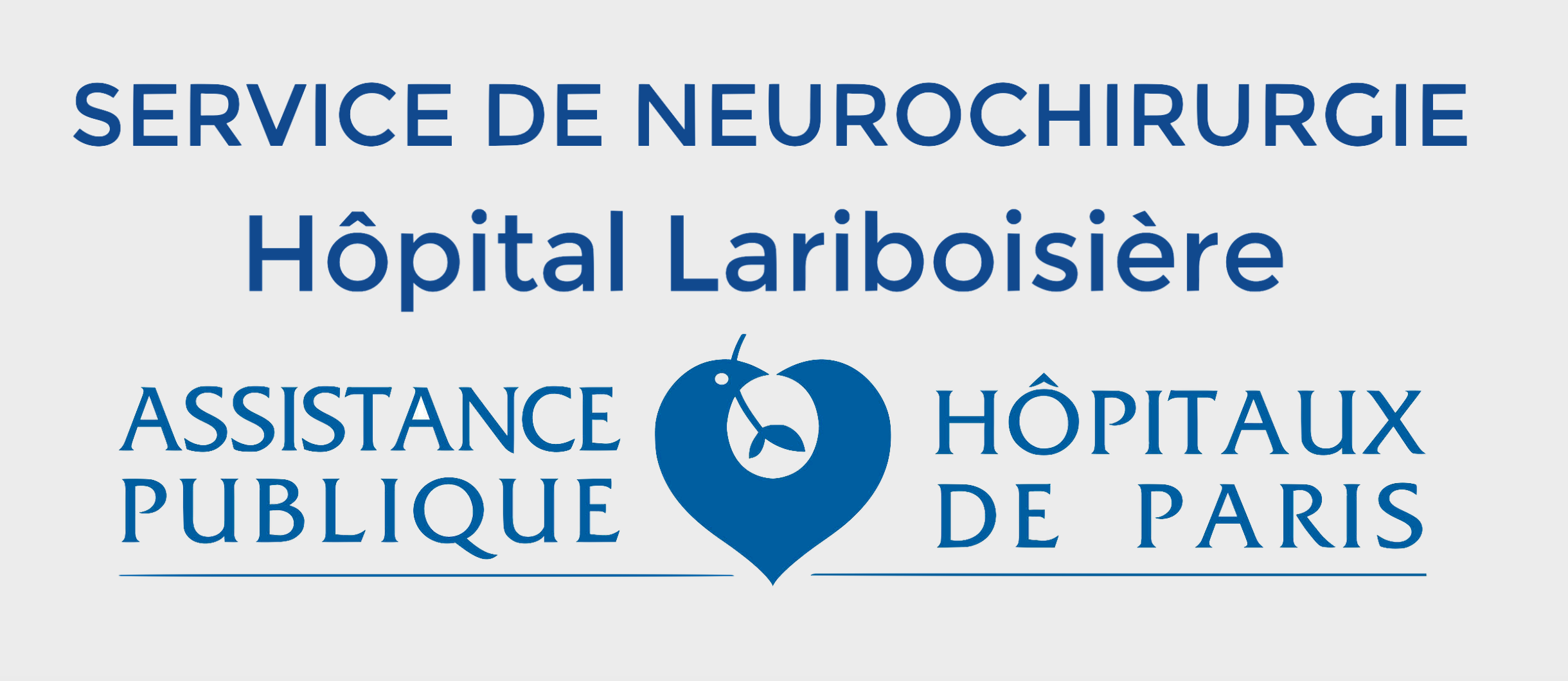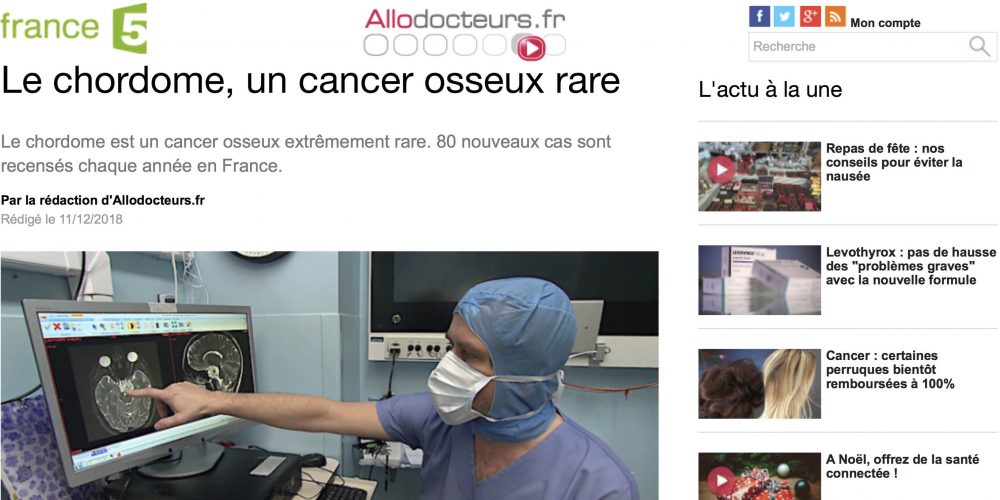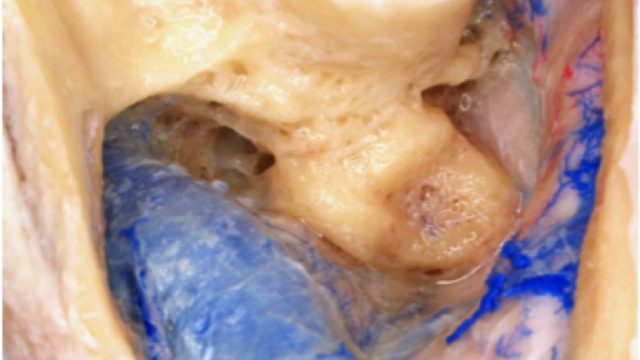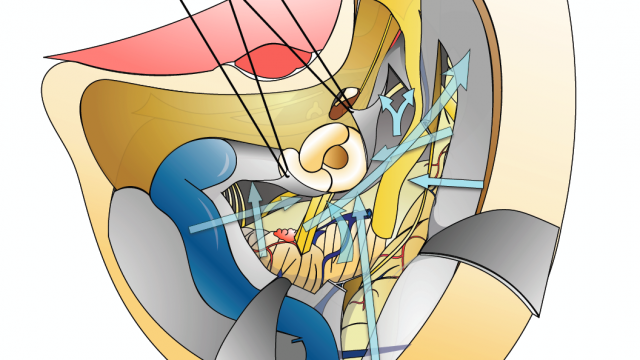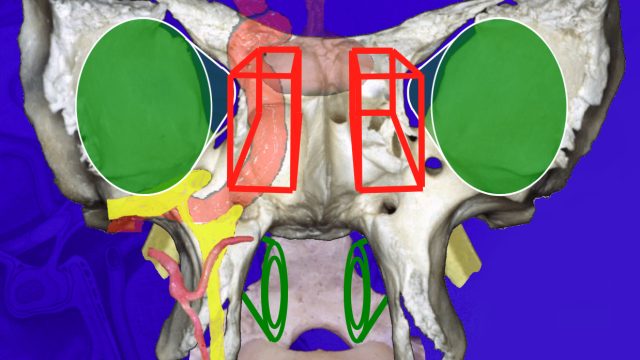Magazine de la santé. Reportage sur les chordomes, une tumeur rare de la base du crâne. Emission du 7 décembre 2018
Archives des catégories : Media
Latest News on Your Doctor's Blog
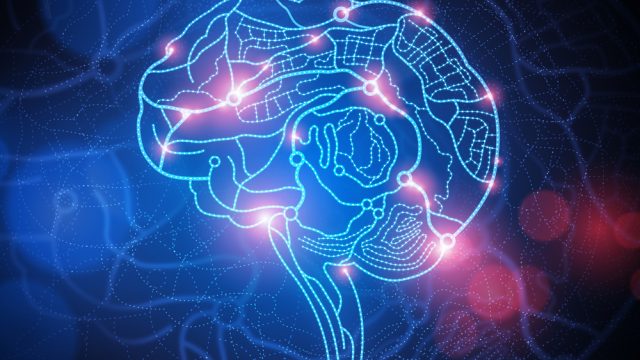
12septembre
2016
MICROSCOPIC and ENDOSCOPIC – APPROACHES to the SKULL BASE TRAINING on ANATOMICAL SPECIMEN [pdf-embedder url= »https://www.neurochirurgie-lariboisiere.com/wp-content/uploads/2016SB1050823-2.pdf »]

1avril
2017
Mayfield & Foundation UC Department of Neurosurgery cordially invite you to the 6th annual Keller Lectureship in surgical neuroanatomy & research. [pdf-embedder url= »https://www.neurochirurgie-lariboisiere.com/wp-content/uploads/eveKellerLect2017.pdf » title= »_eveKellerLect2017″]
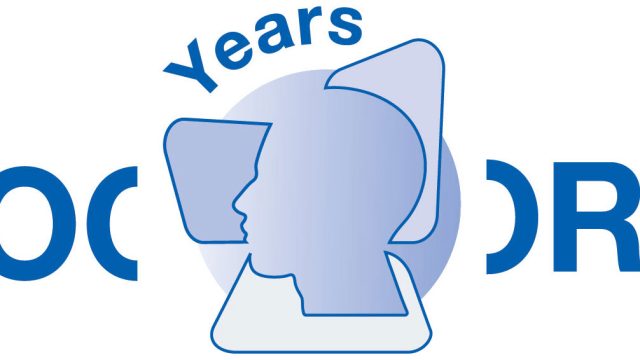
30août
2017
Cochlear congratulates UniversityHospital Zürich on 100 years ORL. Working together in partnership is how breakthroughs are achieved. USZ has helped countless people directly and indirectly through their commitment to always furthering ideas in research and surgery. Cochlear is proud to celebrate this achievement and looks forward to furthering research together in partnership for many years to come. [pdf-embedder url= »https://www.neurochirurgie-lariboisiere.com/wp-content/uploads/Program-100-years-ENT-departement.pdf » title= »Program 100 years ENT departement »]
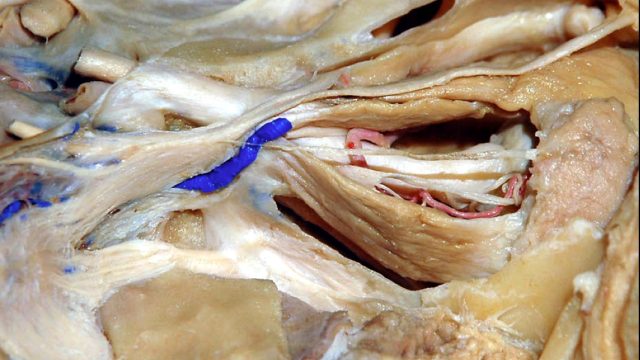
27octobre
2017
Course Masterclass 27 & 28 novembre 2017

6novembre
2017
Course Masterclass 17 & 18 novembre 2017
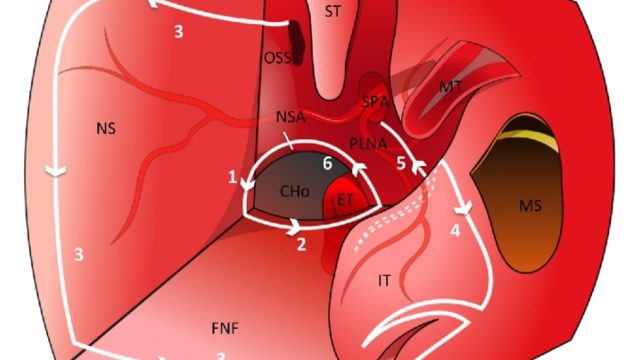
7avril
2018
Combined Nasoseptal and Inferior Turbinate Flap for Reconstruction of Large Skull Base Defect After Expanded Endonasal Approach: Operative technique. Julien Boetto, MD Moujahed Labidi, MD Kentaro Watanabe, MDShunya Hanakita, MD Schahrazed Bouazza, MD Thibault Passeri, MDAnne-Laure Bernat, MD, Sebastien Froelich, MD
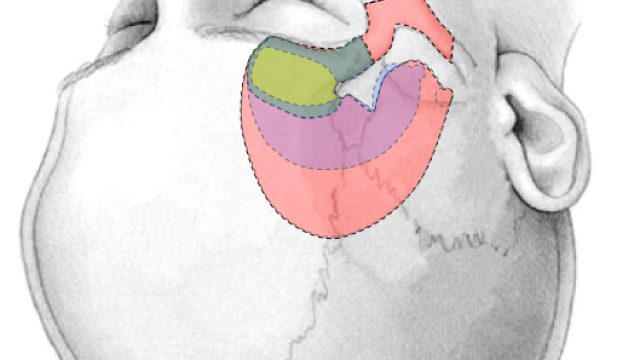
7avril
2018
Cours de base du crâne dans notre laboratoire de Neurochirurgie expériementale: Voies transpetreuses, abord FTOZ
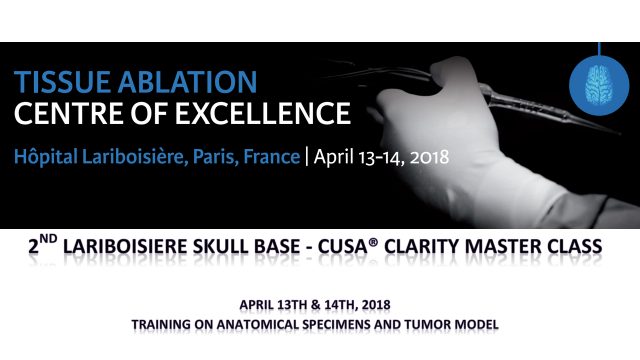
15avril
2018
Skull base neurosurgery course Trans-petrosal approaches: anterior and posterior petrosal, combined approach Orbito-zygomatic approach, clinoidectomy and cavernous sinus Live surgery
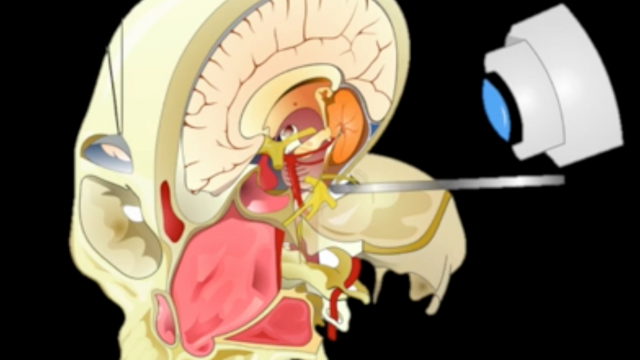
15avril
2018
The Posterior Transpetrosal Approach in a Case of Large Retrochiasmatic Craniopharyngioma: Operative Video and Technical Nuances. Labidi M, Watanabe K, Loit MP, Hanakita S, Froelich S.
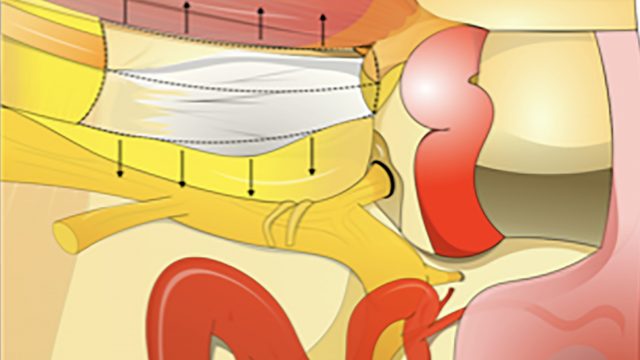
7octobre
2018
Endoscopic Endonasal Approach to the Anteromedial Temporal Fossa and Mobilization of the Lateral Wall of the Cavernous Sinus Through the Inferior Orbital Fissure and V1-V2 Corridor: An Anatomic Study and Clinical Considerations Hanakita S, Chang WC, Watanabe K, Ronconi D, Labidi M, Park HH, Oyama K, Bernat AL, Froelich S. V1V2
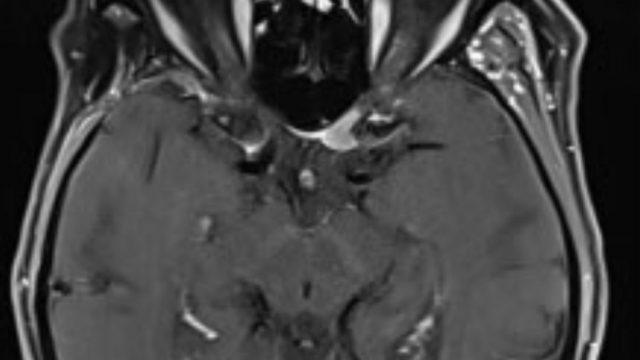
7octobre
2018
Resection of an Optic Canal Meningioma through a Contralateral Subfrontal Approach with Endoscopic Assistance: A 2D Operative Video. Labidi M, Watanabe K, Bernat AL, Hanakita S, Froelich S
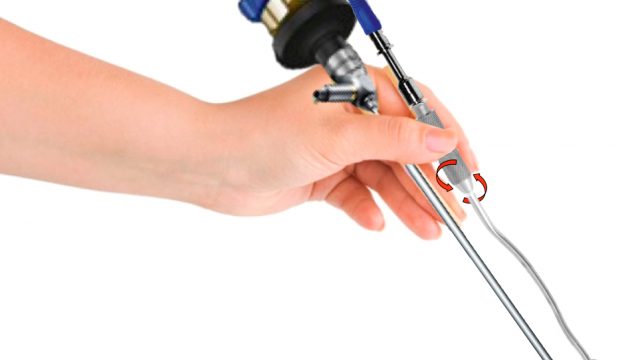
8octobre
2018
2018 Sep;117:208-220. The Chopsticks Technique for Endoscopic Endonasal Surgery-Improving Surgical Efficiency and Reducing the Surgical Footprint. Labidi M, Watanabe K, Hanakita S, Park HH, Bouazza S, Bernat AL, Froelich S.
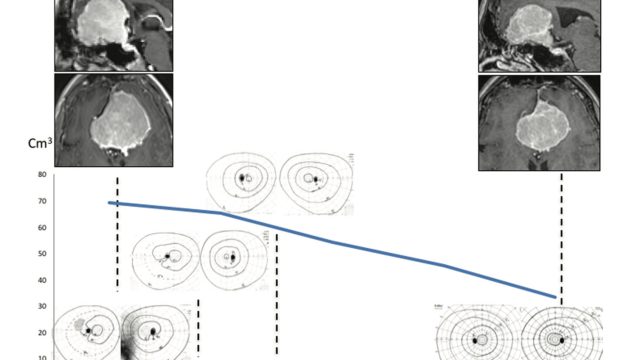
8octobre
2018
Regression of Giant Olfactory Groove Meningioma and Complete Visual Acuity Recovery after Discontinuation of Cyproterone Acetate. Bernat AL, Bonnin S, Labidi M, Aldahak N, Bresson D, Bouazza S, Froelich S
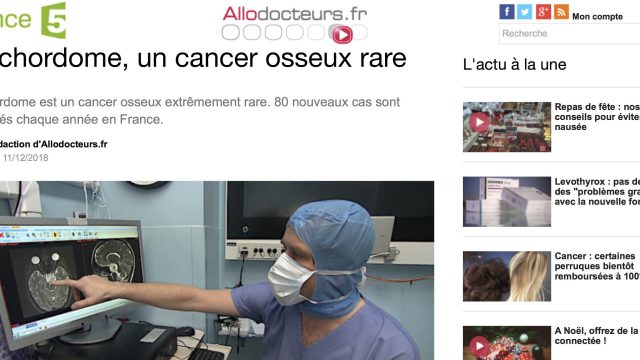
23décembre
2018
Magazine de la santé. Reportage sur les chordomes, une tumeur rare de la base du crâne. Emission du 7 décembre 2018
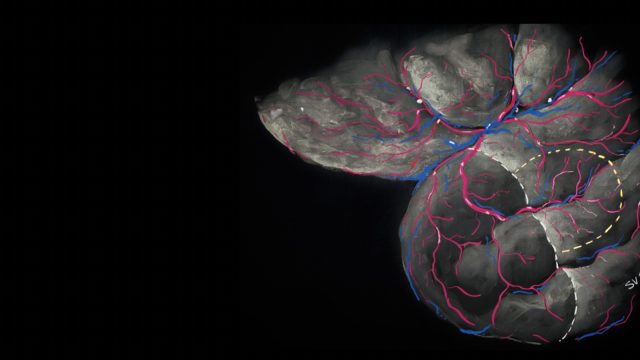
28décembre
2018
Loit MP, Rheault F, Gayat E, Poisson I, Froelich S, Zhi N, Velut S, Mandonnet E Acta Neurochir (Wien). 2018 Nov 10.
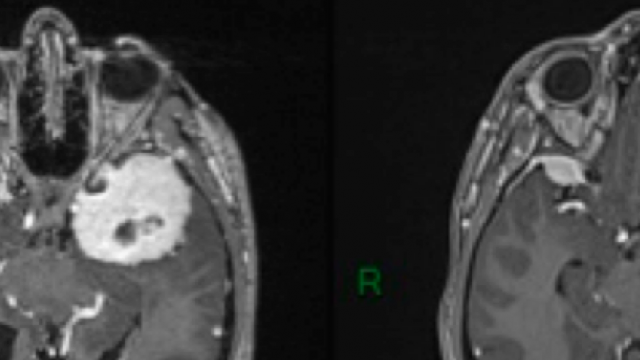
30mars
2019
Combined hormonal influence of cyproterone acetate and nomegestrol acetate on meningioma: a case report.
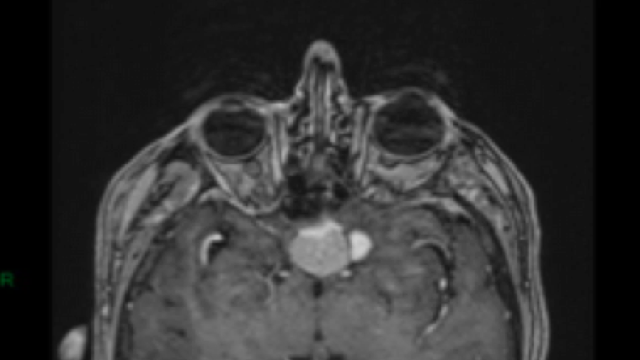
30mars
2019
Spontaneous regression of meningiomas after interruption of nomegestrol acetate: a series of three patients.
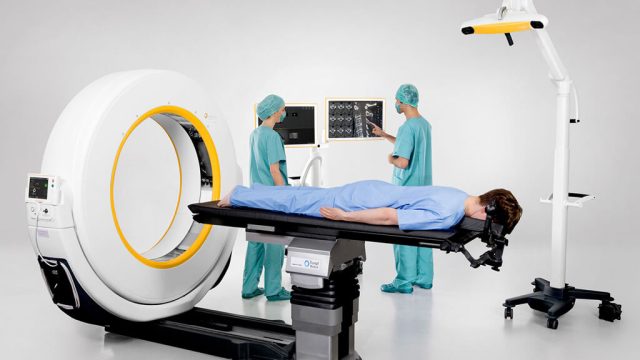
2novembre
2019
Le service de Neurochirurgie dispose depuis Novembre 2019 d’un scanner intra-opératoire. Cette technologie nouvelle au bloc opératoire permettra Pour la chirurgie intra-crânienne et de la base du crâne : de réduire au maximum le traumatisme chirurgical en utilisant des voies d’abord mini-invasives ciblées, d’améliorer la précision du geste chirurgical, de biopsier des lésions profondes de manière plus sûr, sous contrôle de l’image, d’améliorée la qualité de l’exérèse des tumeurs cérébrales et de la base du crâne, de rassurer de l’exclusion complète de certaines lesions vasculaires complexes, De controler la qualité d’une résection et l’absence de complication en post-opératoire immédiat avant la sortie de salle d’opération. Pour la chirurgie rachidienne : d’utiliser des voies d’accès ciblées, mini-invasives, moins traumatisantes, de réaliser des vissage (Arthrodèse – Ostéosynthèse) par voie per-cutanée, de rendre le geste chirurgical plus sûr.
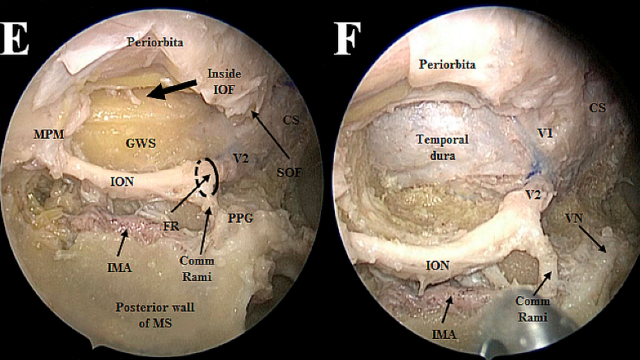
3décembre
2019
Endoscopic endonasal approach to the mesial temporal lobe: anatomical study and clinical considerations for a selective amygdalohippocampectomy
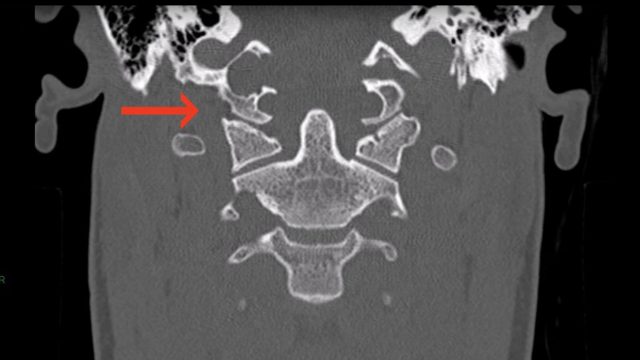
5janvier
2020
Nouvelle publication : Anterolateral Approach with Endoscopic Assistance for Resection of a Craniovertebral Junction Chordoma
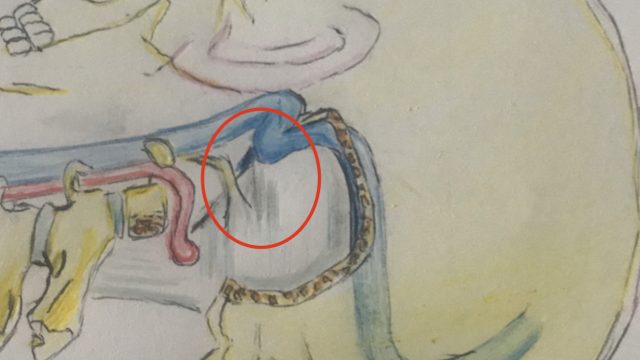
5janvier
2020
From the Occipital Condyle to the Sphenoid Sinus: Extradural Extension of the Far Lateral Transcondylar Approach with Endoscopic Assistance ValentinaTardivo – MoujahedLabidi – ThibaultPasseri – Anne LaureBernat – FrancescoZenga – EduardVoormolen – NicolasPenet – SebastienFroelich.
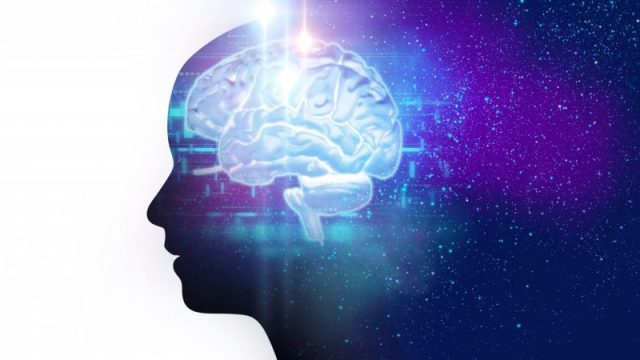
5janvier
2020
Surmonter l’obstacle de la langue dans la chirurgie des tumeurs cérébrales en condition éveillée chez les migrants Sylvie Aubrun Isabelle Poisson Marion Barberis Chadia Draou Mariane Toure Catarina Madadaki Sébastien Froelich Etienne Gayat Emmanuel Mandonnet

3mai
2020
Hybrid Antero-Lateral Transcondylar Approach to the Clivus: A Laboratory Investigation and Case Illustration – Acta Neurochirurgica (2020)
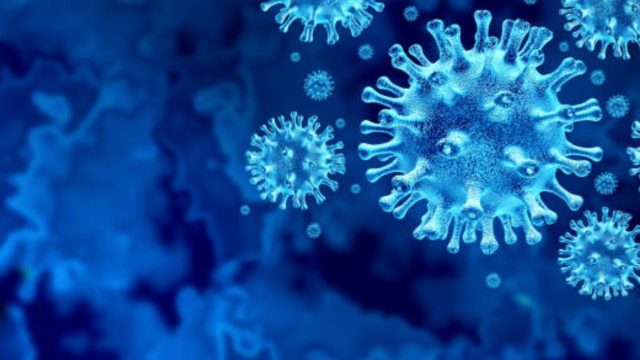
3mai
2020
Impact of COVID-19 Pandemic on Subarachnoid Hemorrhage – Journal of Neurosurgical Sciences 2020 April
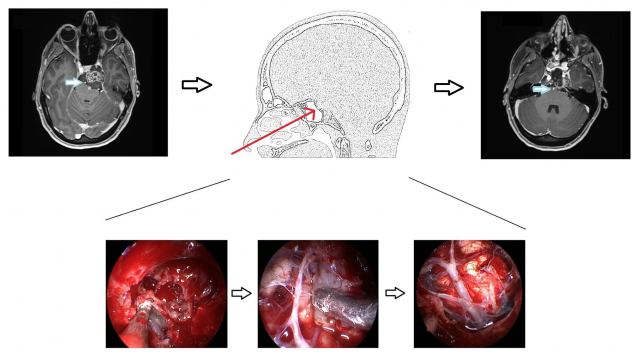
3mai
2020
Vertebrobasilar Artery Encasement by Skull Base Chordomas: Surgical Outcome and Management Strategies – Operative Neurosurgery April 2020
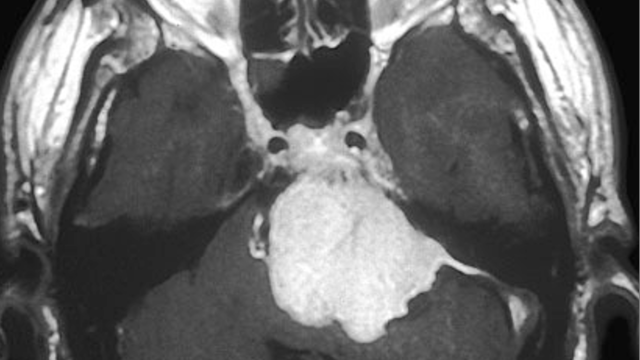
24mai
2020
Petroclival meningiomas: the risk of post-operative cranial nerve deficits among different surgical approaches—a systematic review and meta-analysis, Acta Neurochirurgica (2020)

5juillet
2020
The Orbitopterygoid Corridor as a Deep Keyhole for Endoscopic Access to the Paranasal Sinuses and Clivus
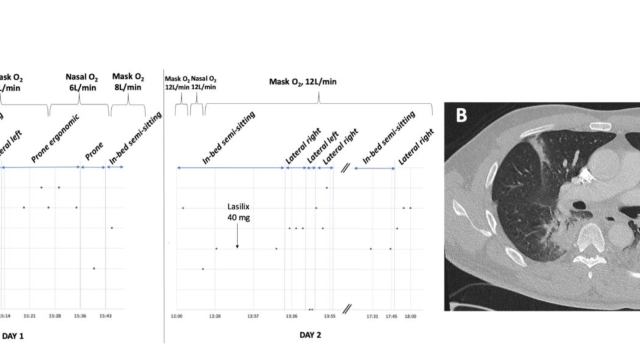
5juillet
2020
Towards Individualised and Optimalised Positioning of Non-Ventilated COVID-19 Patients: Putting the Affected Parts of the Lung(s) on Top?

12juillet
2020
Neurochirurgie guidée par l’image – Presentation du Pr Emmanuel Mandonnet au Collège de France – 27 mai 2014 Au cours de cet exposé, nous analyserons comment différents modèles biomathématiques de l’évolution des gliomes intracérébraux et de leur interaction avec le fonctionnement cérébral peuvent – ou pourront dans un futur proche – aider le neurochirurgien aux différentes étapes de la prise en charge du patient. En pré-opératoire, le modèle de croissance tumorale de prolifération-diffusion, alimenté par les IRM consécutives d’un patient, permet de déterminer la cinétique de croissance individuelle, élément fondamental dans la prise de décision opératoire. D’autre part, l’atlas de résécabilité fonctionnelle – construit à partir des résidus postopératoires de séries de patients opérés dans des centres de références et ayant pour but de pouvoir estimer objectivement si la tumeur d’un patient est opérable ou non – fournit un outil privilégié pour homogénéiser les stratégies de prise en charge entre différentes institutions. Pendant l’opération, le chirurgien s’aide de la neuronavigation comme d’un GPS intra-cérébral. Mais le « brain shift », généré par l’effondrement du cerveau au fur et à mesure de l’exérèse, limite considérablement la précision de cet outil (jusqu’à 1 cm de décalage). Des algorithmes de correction en temps réel, prenant en […]
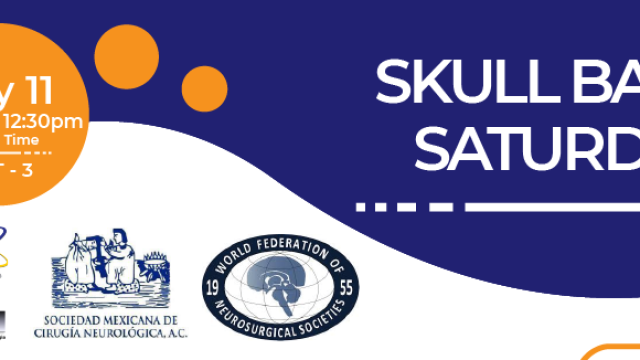
12juillet
2020
SKULL BASE SATURDAY – INTERNATIONAL ONLINE WEBINAR
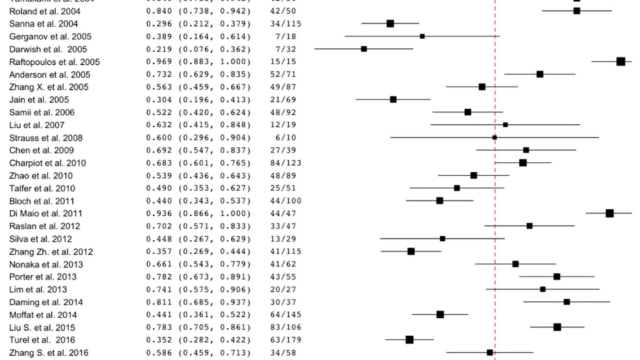
12septembre
2020
Surgical management for large vestibular schwannomas: a systematic review, meta-analysis, and consensus statement on behalf of the EANS skull base section

20septembre
2020
SKULL BASE SATURDAY : SBN Sociedade Brasileira de Neurocirurgia
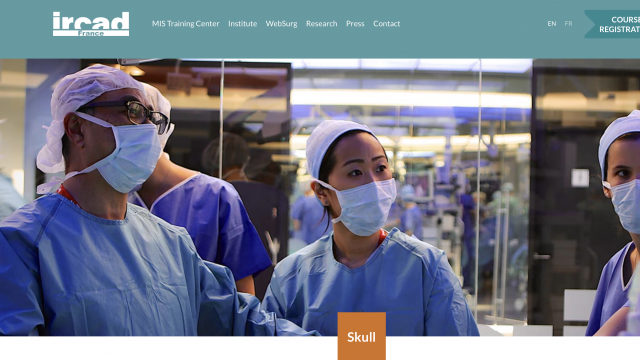
20septembre
2020
Specialties / Course calendar

1octobre
2020
Craniocervical Junction surgeries with vertebral artery management
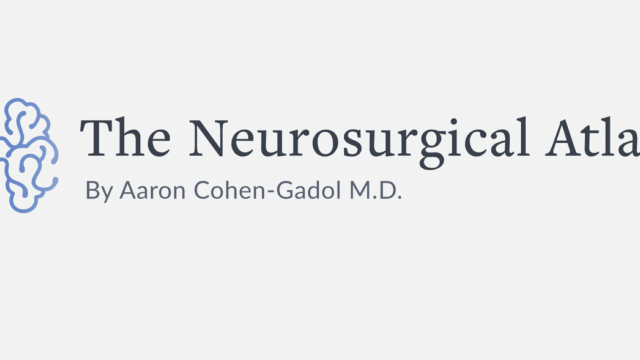
31octobre
2020
The Neurosurgical Atlas Grand Rounds, Oct 26 2020 – Approach selection for complex skull base lesion – Lecture by Sébastien Froelich
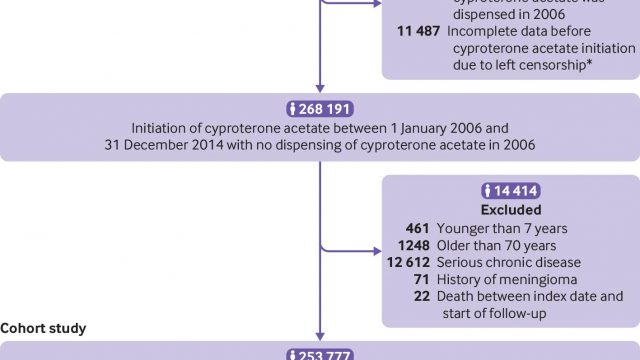
19février
2021
Research Use of high dose cyproterone acetate and risk of intracranial meningioma in women: cohort study BMJ 2021
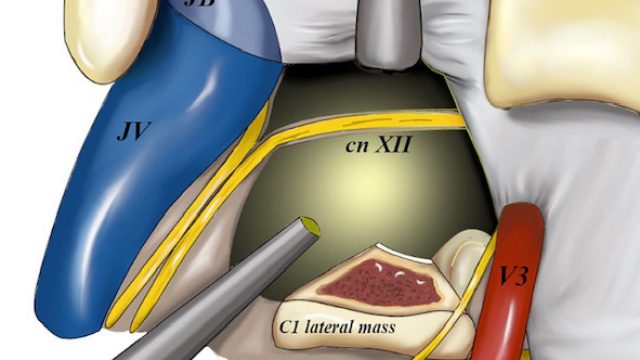
13juin
2021
Endoscope-assisted far-lateral transcondylar approach for craniocervical junction chordomas: a retrospective case series and cadaveric dissection
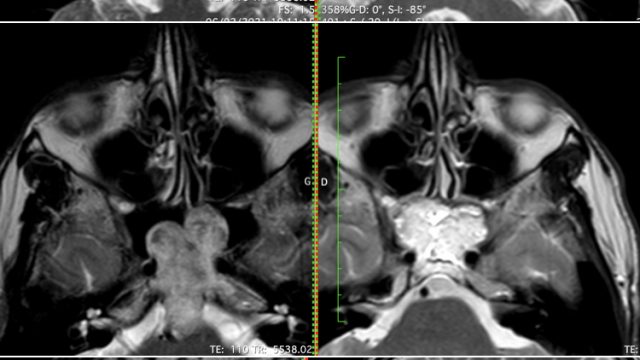
13juin
2021
The Rostral Mucosa: The Door to Open and Close for Targeted Endoscopic Endonasal Approaches to the Clivus
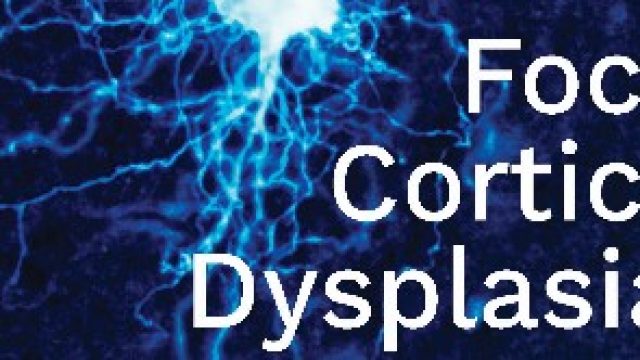
20juillet
2022
L’ouvrage marque le 50ème anniversaire de la première description de la dysplasie de Taylor, qui a révolutionné le monde de l’épilepsie et retrace l’histoire de l’évolution des concepts dans le monde de la recherche clinique et fondamentale. Les plus grands experts internationaux en épileptologie, neurophysiologie, neuropathologie, génétique, imagerie et neurochirurgie, ont conçu cet ouvrage et font le point sur les dernières avancées permettant de mieux connaître et traiter les épilepsies en rapport avec les dysplasies corticales focales. Ce dernier vous offre : • Des informations concrètes sur le meilleur usage de tous les outils disponibles et sur la prise en charge la plus efficace possible. • Les bases de possibles thérapies ciblées élaborées à partir des dernières avancées de la recherche génétique et moléculaire. Editorial Reviews Review Despite major advances in all fields, Focal Cortical Dysplasias remain a mystery. From the first description 50 years ago by Taylor and colleagues, nobody could suspect that they would become perhaps the most relevant etiology of focal epilepsies in patients of all ages, particularly those with refractory seizures. Therefore, there is an urgent need to better understand the mechanisms of epileptogenicity and the natural course of these brain developmental lesions, to […]

20juillet
2022
This book aims to give the state-of-the-art of intraoperative brain function mapping for resection of brain tumors in awake conditions, and to become a reference for acquiring the fundamental expertise necessary to select the right intraoperative task at the right time of the surgery. The chapters, all focused on a specific brain function, are divided in 4 parts: sensori-motor and visuo-spatial functions, language functions, higher-order functions, and prospects. Each chapter follows the same outline, including a brief review of the current knowledge about the networks sustaining the function in healthy subjects, the description of the intraoperative tasks designed to monitor the function, a review of the literature describing the deficits in that function after surgery, and a critical appraisal of the benefit provided by intraoperative mapping of that function. Comprehensive state-of the-art of intraoperative brain functions testing Common approach for all chapters Each chapter is written in tandem by a neurosurgeon and a neuropsychologist About the editors Emmanuel Mandonnet is currently full Professor of neurosurgery at Lariboisière hospital, University of Paris. After achieving a PhD in physics in 2000, he turned towards medical school and then residency in neurosurgery. His clinical and research activities focus on brain tumors, and […]
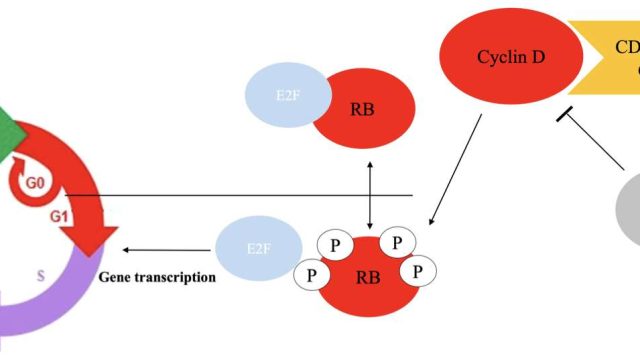
28décembre
2022
Abstract Background: Management of advanced chordomas remains delicate considering their insensitivity to chemotherapy. Homozygous deletion of the regulatory gene CDKN2A has been described as the most frequent genetic alteration in chordomas and may be considered as a potential theranostic marker. Here, we evaluated the tumor efficacy of the CDK4/6 inhibitor palbociclib, as well as the PLK1 inhibitor volasertib, in three chordoma patient-derived xenograft (PDX) models to validate and identify novel therapeutic approaches. Methods: From our chordoma xenograft panel, we selected three models, two of them harboring a homozygous deletion of CDKN2A/2B genes, and the last one a PBRM1 pathogenic variant (as control). For each model, we tested the palbociclib and volasertib drugs with pharmacodynamic studies together with RT-PCR and RNAseq analyses. Results: For palbociclib, we observed a significant tumor response for one of two models harboring the deletion of CDKN2A/2B (p = 0.02), and no significant tumor response in the PBRM1-mutated PDX; for volasertib, we did not observe any response in the three tested models. RT-PCR and RNAseq analyses showed a correlation between cell cycle markers and responses to palbociclib; finally, RNAseq analyses showed a natural enrichment of the oxidative phosphorylation genes (OxPhos) in the palbociclib-resistant PDX (p = […]
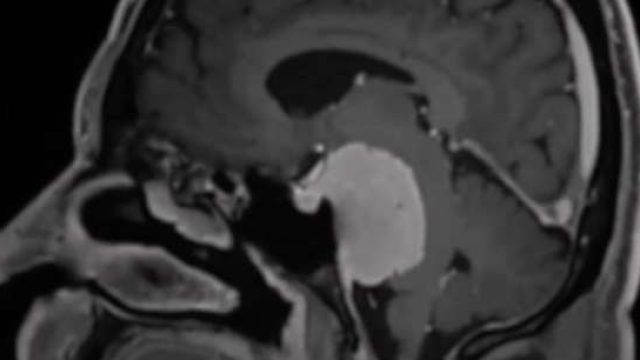
28décembre
2022
Petroclival meningiomas represent the most complex lesions in skull base surgery, being closely related to critical neurovascular structures. The combined petrosal approach allows a wide exposure of the petroclival region and provides multiple angles of attack, limiting brain retraction. The authors present the case of a 54-year-old man with a large left petroclival meningioma responsible for headaches, dysphagia, and trigeminal neuralgia. The lesion was resected using a combined petrosal approach. A progressive improvement of the preoperative symptoms was observed. Postoperative MRI showed a near-total resection of the tumor, along with reexpansion of the brainstem. The video can be found here:
